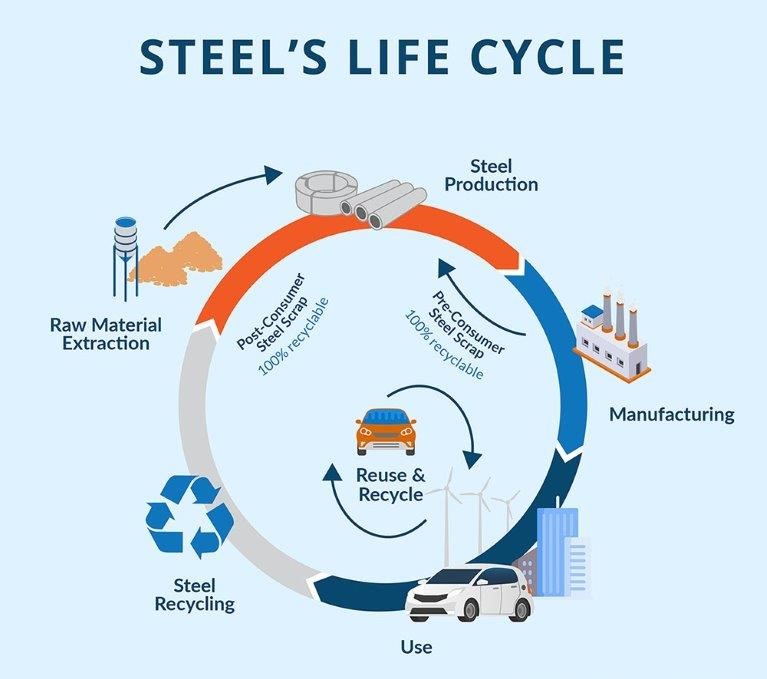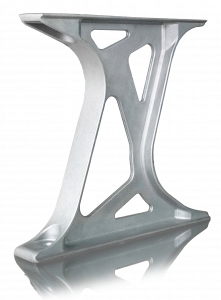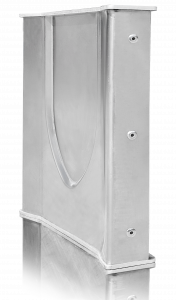Light Weight
Vehicle weight reduction or mass reduction, poses one of the greatest challenges to the automotive industry. Automotive manufacturers and suppliers face tough requirements regarding vehicle weight reduction and its impact on fuel consumption, carbon dioxide (CO2) emission limits and manufacturing costs.
In today’s seat engineering, the primary materials used are aluminum, high and advanced high-strength steels. However, there are many new materials which are stronger and have enhanced performance as well as numerous materials currently under research and development which could be successfully used in lightweighting in the future.
One of the important manufacturing processes to reach this goal is hot stamping, implemented to produce ultra-high-strength steels which are used for bumper beams, reinforcements for doors, A and B-pillars, as well as for parts in the floor and roof of the vehicle. Replacing conventional cold formed parts with hot stamped parts can reduce the weight of the part by up to 50%. In particular, the tailored tempering process gains in effectiveness as it allows for the engineering of stamped parts with targeted local strength properties.
All these materials and innovative processes enable car manufacturers to design lighter cars that fulfill increasingly more stringent safety requirements. However, the application of these materials and processes poses additional challenges since the material selected for each automotive stamped part must be suitable for its particular requirements. Therefore, a successful lightweighting strategy involves much more than the simple replacement of steel parts with lighter materials. The key to successful lightweighting is using the right material for the right part in the right place in a car.



